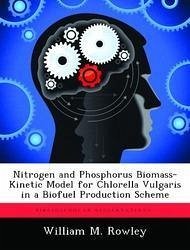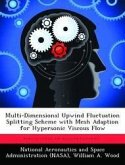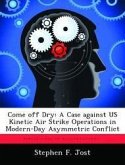Chlorella vulgaris was cultured in microbioreactors using Bold's Basal medium at varying nitrogen and phosphorus concentrations to define nitrogen and phosphorus utilization standards. Nutrient concentration was varied between 137 mg/L to 7.33 mg/L NO3-N and between 55.2 mg/L to11.0 mg/L PO4-P in five test scenarios. All were grown under a constant photoperiod at 22±2°C and a mixture of 4 to 10% carbon dioxide/air. Maximum yield and growth rate occurred with the highest initial nitrogen and phosphorus concentrations. A statistically significant difference in biomass was found among all test levels at the end of the eight day growth period. Applying both Liebig's Law of the Minimum and the Blackman Limitation, it was determined that nitrogen was the limiting factor over the range of concentrations tested. Michaelis-Menten biokinetic coefficients (k), the reaction rate constant; the half saturation constant (Km); and Yx, the yield coefficients were also determined. To maximize C. vulgaris growth initial N concentration values should be 137 mg/L and should not be allowed to fall below 69 mg/L. No equivalent recommendation for P was determined. Yield coefficient calculations suggested that the N:P ratio should be at least 3:1. This study was conducted as a part of the ongoing advanced jet fuel project at the University of Dayton Research Institute and a part of the military objective to reduce the carbon footprint of jet fuel production.
Bitte wählen Sie Ihr Anliegen aus.
Rechnungen
Retourenschein anfordern
Bestellstatus
Storno









